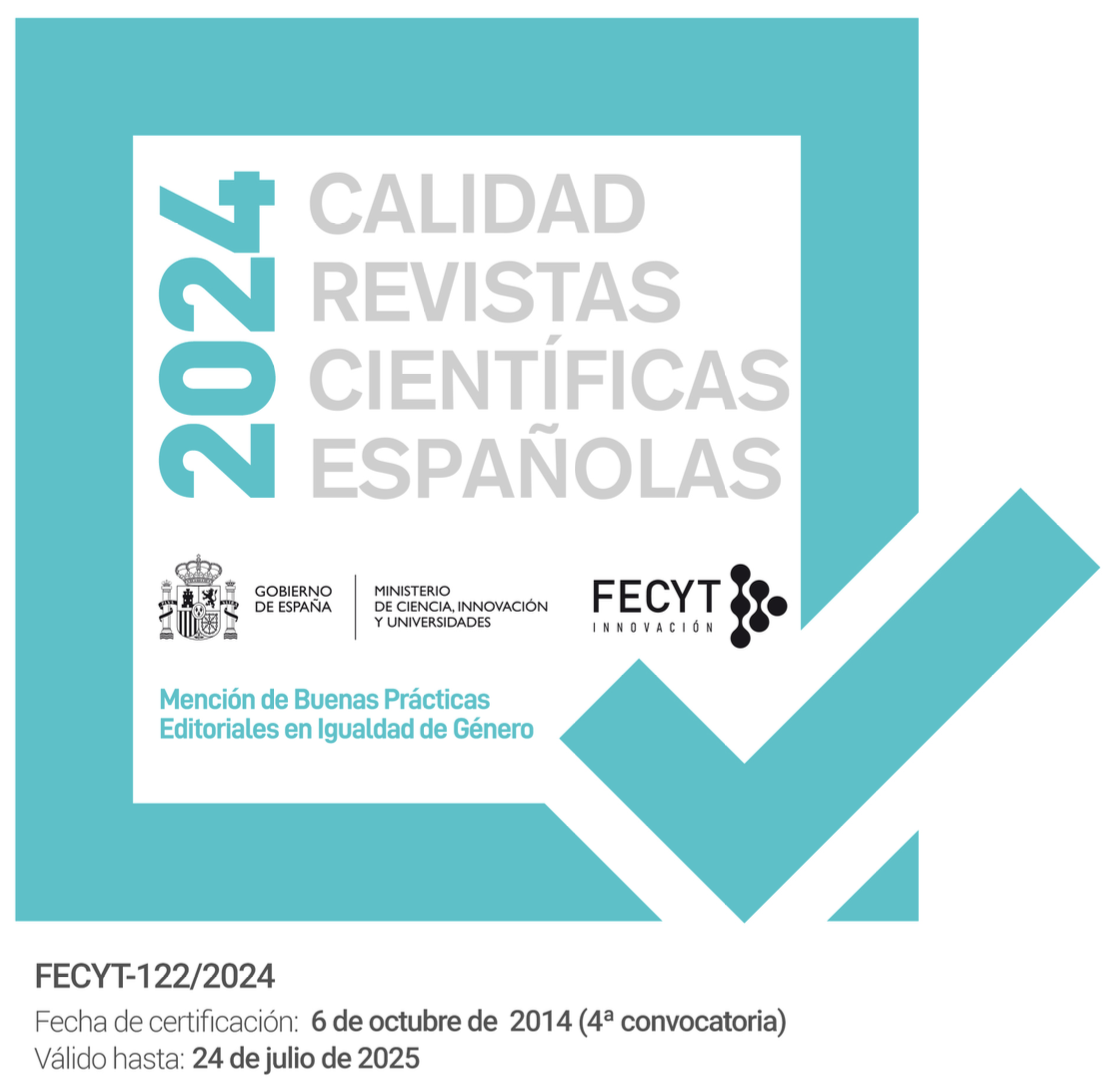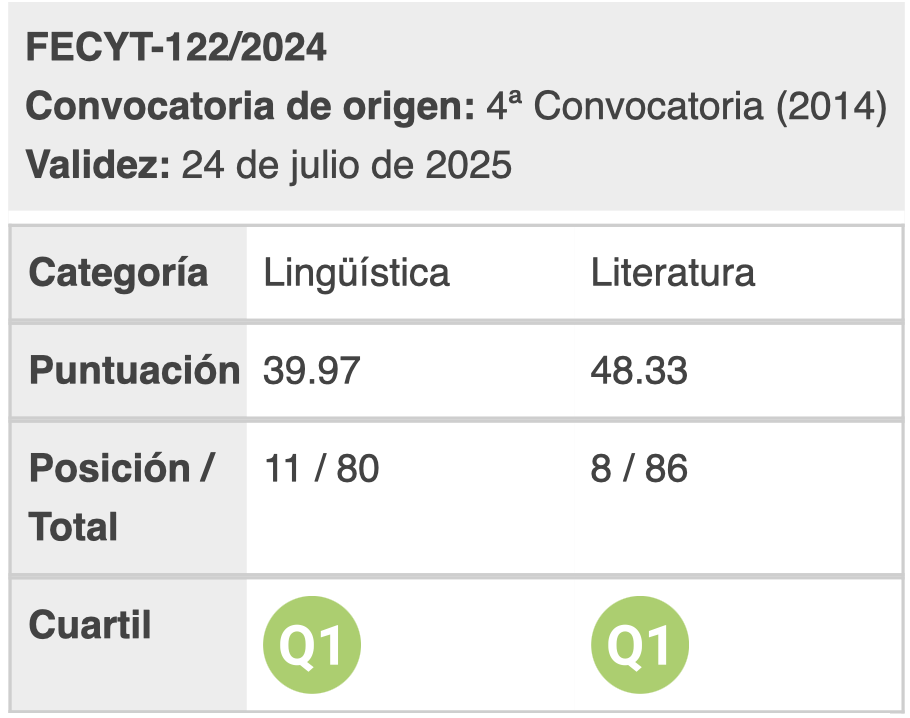Writing the Self: Philip Freneau’s Homeostatic Poetic Production
DOI:
https://doi.org/10.28914/Atlantis-2018-40.2.05Abstract
Traditional research has focused on the figure of Philip Freneau (1752-1832) as the champion of the late-eighteenth-century North American colonies’ idiosyncrasy rather than on the reasons why Romantic and Neoclassical fashions coexist in his poetry. The present study aims to roaden current critical horizons by exploring the presence of a systematic pattern within Freneau’s poetic production wherein the Neoclassical and Romantic literary traditions lie in complementary distribution—a distribution conditioned by the public and private nature of the texts and explainable in terms of an underlying principle of literary homeostasis. The major features of a representative selection of Freneau’s poetic writings are thoroughly examined and correlated with the process whereby the author’s private and public identities are constructed. Ultimately, the analysis evinces Philip Freneau’s deliberate use of poetry as an esthetic conduit meant for individual and communal self-representation and elaboration.
Keywords: Philip Freneau; Neoclassicism; Romanticism; self-expression; self-construction; homeostasis
Downloads
References
Abrams, Meyer Howard. (1953) 1971. The Mirror and the Lamp: Romantic Theory and the Critical Tradition. Reprint, Oxford and New York: Oxford UP.
Adams, John. (1818) 1856. Letter to H. Niles, February 13. In The Works of John Adams, Second President of the United States. Volume 10. Edited by Charles Francis Adams. Boston, MA: Little, Brown and Company.
Andrews, Stuart. 1987. “Classicism and the American Revolution.” History Today 37 (1): 37-42.
Arner, Robert D. 1974. “Neoclassicism and Romanticism: A Reading of Freneau’s ‘The Wild Honey Suckle.’” Early American Literature 9 (1): 53-61.
Blair, Walter, Theodore Horbenger and Randall Stewart. (1964) 1974. American Literature: A Brief History. Revised edition. Glenview, IL and Brighton: Scott, Foresman and Company.
Brons, Lajos. 2015. “Othering, an Analysis.” Transience 6 (1): 69-90.
Brooks, Cleanth, R. W. B. Lewis and Robert Penn Warren. 1973. American Literature: The Makers and the Making, vol. 1. New York: St. Martin’s Press.
Clark, Harry Hayden. 1925. “The Literary Influences of Philip Freneau.” Studies in Philology 22 (1): 22-33.
Clark, Timothy. 2011. The Cambridge Introduction to Literature and the Environment. Cambridge: Cambridge UP.
Coolidge, Lowell William. 1928. “The Place of Philip Freneau in the Romantic Movement.” PhD diss., University of Boston.
Coutris, George William. 1987. “Literature and the Definition of an American National Identity: 1763-1828.” PhD diss., University of New Hampshire.
Ferguson, Robert A. 1997. The American Enlightenment: 1750-1820. Cambridge, MA and London: Harvard UP.
Freneau, Philip. (1775) 1963. “American Liberty.” In The Poems of Philip Freneau, edited by Fred Lewis Pattee, vol. 1, 142-152. Reprint, New York: Russel & Russel.
—. (1786a) 1975. “The Power of Fancy.” In The Poems (1786) and Miscellaneous Works (1788) of Philip Freneau, edited by Lewis Leary, 23-27. Reprint, New York: Scholars’ Facsimiles & Reprints.
—. (1786b) 1975. “On General Washington’s Arrival in Philadelphia.” In The Poems (1786) and Miscellaneous Works (1788) of Philip Freneau, edited by Lewis Leary, 356-359. Reprint, New York: Scholars’ Facsimiles & Reprints.
—. (1795) 1976. “The Wild Honey Suckle.” In Poems Written between the Years 1768 & 1794, edited by Lewis Leary, 95. Reprint, New York: Scholars’ Facsimiles & Reprints.
—. (1809) 1976. “The Deserted Farm-House.” In Poems Written and Published during the American Revolutionary War, edited by Lewis Leary, 49-50. Reprint, New York: Scholars’ Facsimiles & Reprints.
—. (1815) 1976 “Prefatory Lines to a Periodical Publication.” In A Collection of Poems, on American Affairs and a Variety of other Subjects, Chiefly Moral and Political, edited by Lewis Leary, 55-57. Reprint, New York: Scholars’ Facsimiles & Reprints.
Habib, Rafey M. 2004. “Europe, 1760-1850: Historical Survey.” In Encyclopedia of the Romantic Era, 1760-1850. Volume 1, edited by Christopher John Murray, 327-333. New York and London: Fitzroy Dearborn.
Himmelfarb, Gertrude. 2005. The Roads to Modernity: The British, French and American Enlightenments. New York: Knopf.
Hodgson, Godfrey. 2009. The Myth of American Exceptionalism. New Haven, CT and London: Yale UP.
Leary, Lewis. 1976. “The Dream Visions of Philip Freneau.” Early American Literature 11 (2): 156-173.
Madsen, Deborah L. 1998. American Exceptionalism. Jackson: Mississippi UP.
Meyer, D. H. 1976. “The Uniqueness of the American Enlightenment.” American Quarterly 28 (2): 165-186.
Pasley, Jeffrey L. (2009) 2012. “Philip Freneau and The National Gazette.” In A New Literary History of America, edited by Greil Marcus and Werner Sollors, 117-122. Cambridge, MA: Belknap Press of Harvard UP.
Vitzthum, Richard C. 1978. Land and Sea: The Lyric Poetry of Philip Freneau. Minneapolis: Minnesota UP.
Winterer, Caroline. 2005. “From Royal to Republican: The Classical Image in Early America.” The Journal of American History 91 (4): 1264-1290.
Downloads
Published
How to Cite
Issue
Section
Most read articles by the same author(s)
- Álvaro Albarrán Gutiérrez, Ut Pictura Kynesis: Pictorial Art in Romeo and Juliet Film Adaptations , Atlantis. Journal of the Spanish Association for Anglo-American Studies: 2024: Vol. 46, Num. 2








